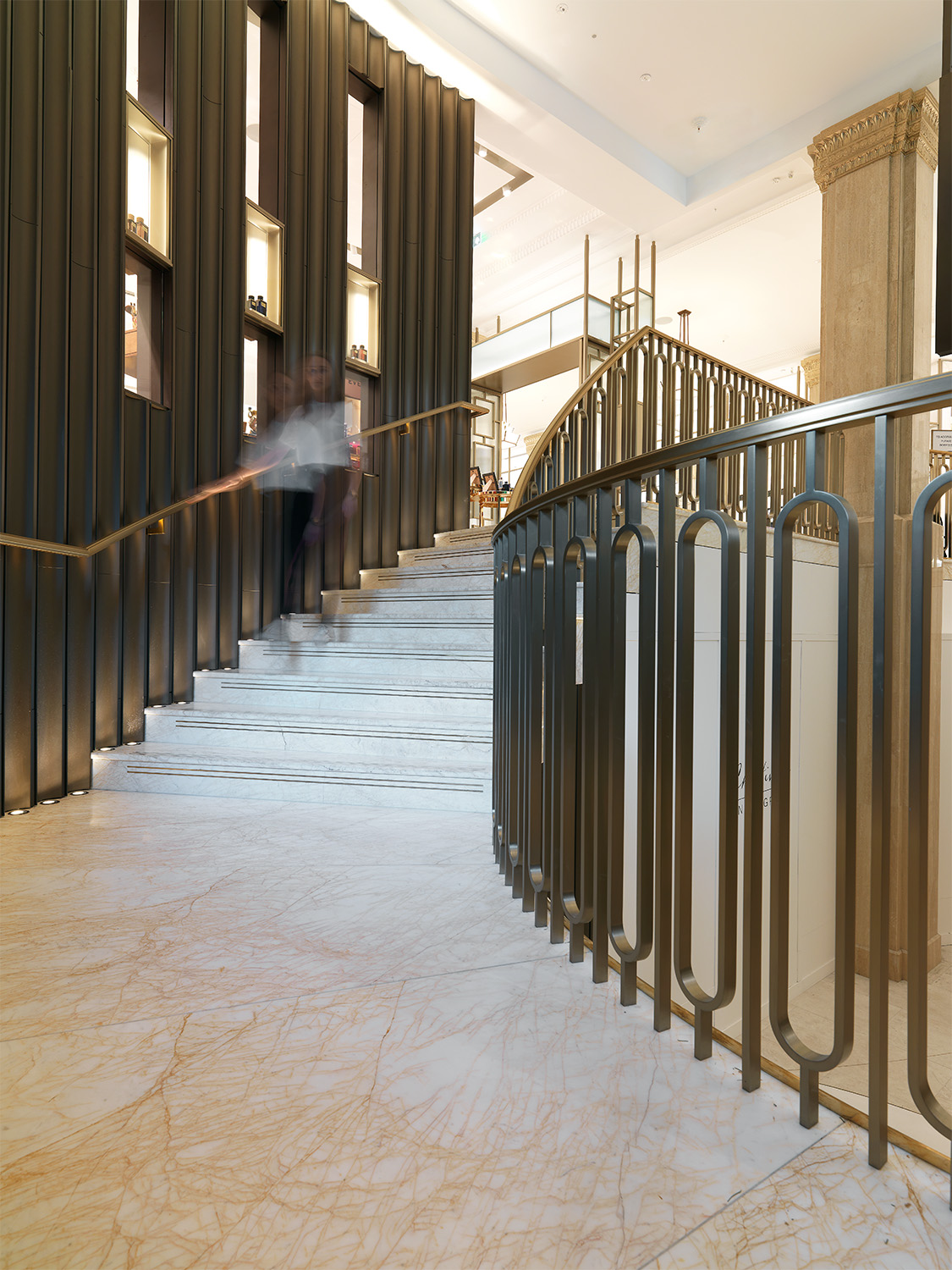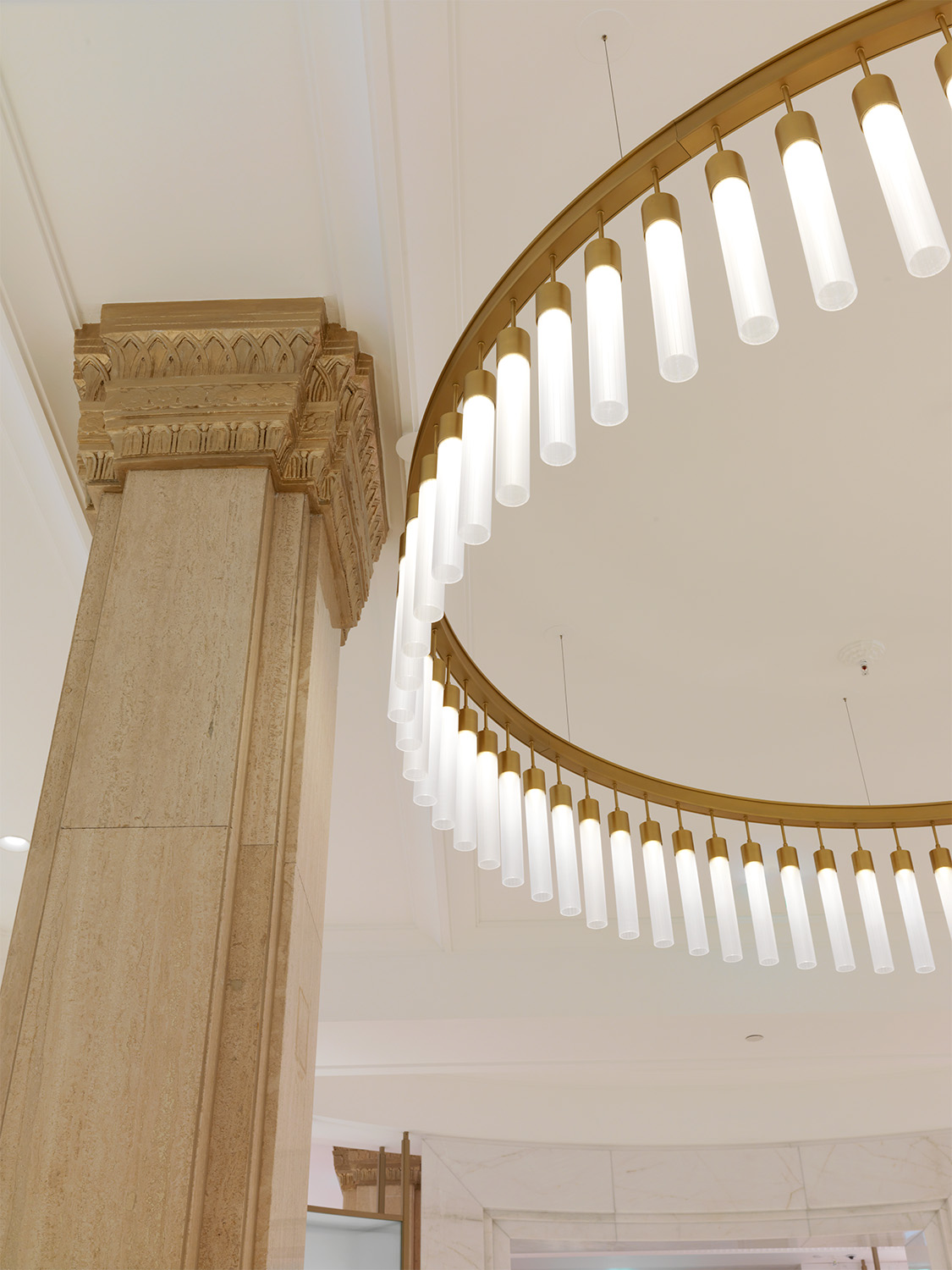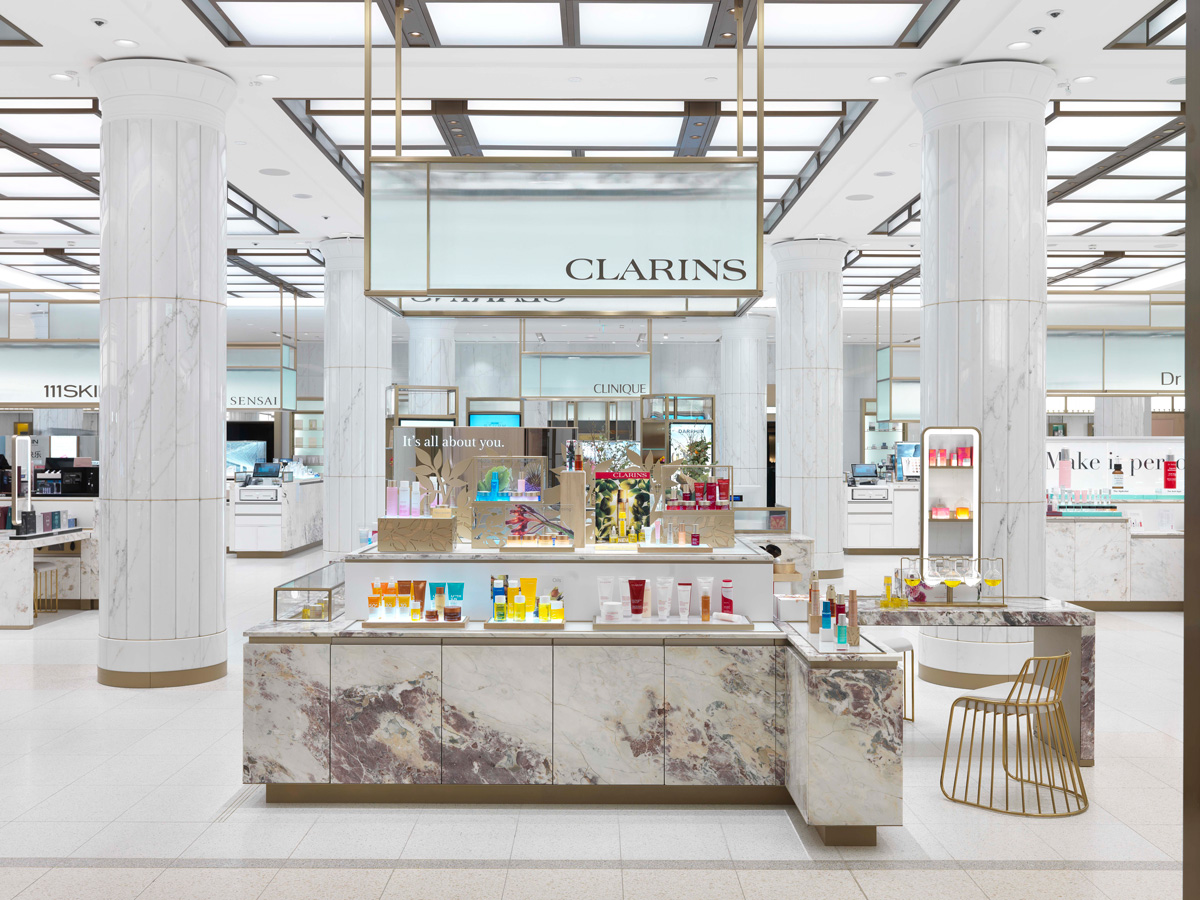Search for articles, topics or more
browse by topics

Search for articles, topics or more

As lockdown restrictions begin to ease around the world, and shoppers return to the high street, a question mark has descended over the future of brick-and-mortar retail. E-commerce reached new peaks during the pandemic, with physical isolation understandably driving retail online. But early statistics suggest that this change may be here to stay: more customers than ever before are continuing to buy online for convenience, necessity or competitive prices.
Faced with this shift in consumer behaviour, what can shops do to lure people out from behind their computers and back onto the high street? How can the benefits of online shopping be preserved and carried across to physical stores, while the unique experiences provided by in-person retail be simultaneously returned to a place of prominence? Here, one particular sector seems to provide an answer that other industries would be wise to follow: beauty.
 Harrods H-Beauty Department, Londra
Harrods H-Beauty Department, Londra
Throughout the pandemic, beauty brands have been ahead of the curve in offering innovative customer experiences. With the uptick in at-home treatments prompted by distancing measures, agile retailers such as Charlotte Tilbury, Space NK and John Lewis moved quickly to enrich their e-commerce sites with live events, one-on-one consultations, and virtual “try-ons” to replicate an in-store experience at home. Yet as the high street reopens, the beauty industry is changing tack once again by blending its new online offerings with physical reality to bring a highly personalised shopping experience on counter.

Australian skincare brand Aesop has always been a forerunner in this regard, taking a hyper local approach to its brick-and-mortar stores from the outset. Since the opening of Aesop’s first store in 2003, in Melbourne’s St Kilda neighbourhood, each of the brand’s 200-plus shop interiors has received a bespoke design that gives customers a shopping experience unique to its location. In its London boutique, customers can test out the brand’s much-coveted hand wash at an industrial stainless-steel trough designed by Snøhetta, while a polished marble sink devised by film director Luca Guadagnino has been installed in the brand’s Rome outpost. It’s an approach that ensures an element of freshness, even when product launches are few and far between, and a steady trickle of publicity through social media posts, the design press, and even the brand’s own monograph.
Digital-first skincare and beauty brand Glossier took a similar approach when soft launching its brick-and-mortar stores through a series of pop-ups in London and major US cities. The US brand founded in 2014 by Emily Weiss now has a handful of permanent shops with site-specific designs that have evolved from its first forays into physical retail spaces. The stores are bedecked with floral wallpapers and pastel pink surfaces that match its pastel pink products, and are manned by on-floor sales assistants who dress in a uniform of millennial pink boiler suits. Entering a Glossier store is a fully immersive brand experience – and one customers have been known to queue for hours for, in spite of the convenience of its e-commerce site.
 Photos courtesy HARRODS
Photos courtesy HARRODS
In an Instagram post, Weiss wrote that each of Glossier's store designs had “taken the idea of what a beauty store *should* look and feel like and flipped it on its head, with the aim of fostering connection, belonging, and wonder”. In the midst of lockdown, she also spoke about the value of a return to “Glossier in 3D” on the brand’s blog. “At a time when the appetite for online shopping, accelerated by the pandemic, has never been stronger, the promise of immersive, real-life experiences rooted in discovery and connection is paradoxically also more resonant than ever,” wrote Weiss. “We imagine a future where digital and offline experiences exist in harmony.”
One place where this coexistence is clear is the luxury department store Harrods. On the cusp of the pandemic, Harrods invested in a dramatic redesign of the beauty hall at its Knightsbridge location in London, with the inclusion of a studio and auditorium for beauty masterclasses cleverly blending the store’s online and offline offerings. “Exploring the notion of inclusivity via live streaming was key to achieving our aim of making Harrods and our unique high-touch experiences accessible to the broadest possible audience,” reads a statement from Annalise Fard, Harrods’ beauty director. The store’s heavily marbled beauty hall, designed by GA Group, is based on the grandeur of early 20th-century mansions, with a high-tech twist. “The intention for the new Harrods Beauty Hall was to create a modern distillation of a Great House, from a bygone era where service was personal and every need was catered for; to provide a sanctuary to escape from the stresses and pace of city life, a haven for pleasure and relaxation,” says a statement from the design studio.
We imagine a future where digital and offline experiences exist in harmony.
Just one year later Harrods made the next move in the expansion of its beauty empire with the launch of H Beauty, a new line of regional standalone stores dedicated to makeup, skincare and fragrance. There are currently three locations at shopping centres in Essex, Edinburgh and Milton Keynes, with a fourth set to open in Bristol city centre. The H Beauty stores share a core range of brands that connect back to the iconic Knightsbridge department store, as well as a number of brands exclusive to the regional location – which have also been made available to buy through the main Harrods website.
Central to these stores’ approach is a hands-on experience that has been missing from the beauty industry throughout the pandemic, with a range of “mini treatments” where customers can get a taste of the full treatments offered in-store, “playtables” that encourage shoppers to test out products, and “Instagram-worthy” pâtisserie and champagne bars that elevate H Beauty from a store to a meeting spot. It’s an agile and contemporary take on the beauty hall, where heritage and newcomer products and high and low price points converge. “H beauty is upgrading the way you shop,” reads a statement from Harrods. “In-store and online, discover exciting make-up, skincare and fragrance from a host of exciting brands – from legacy names to pioneering, next generation newcomers – including some that you won’t yet find in our Knightsbridge Beauty Halls.”
Post pandemic, the beauty industry is leading a masterclass in retail innovation on the high street. By leveraging its new-found digital communities, individual beauty retailers and department stores alike are responding more closely to customer desires than ever before. This new generation of beauty stores blends the best of online technology with in-store experience, offering personalised consultations, virtual try-ons and on-trend products packaged within a luxurious retail environment.
 Photos courtesy HARRODS
Photos courtesy HARRODS
“Immersive” has been beauty’s watchword in creating its most enticing stores to date, giving customers an insight into the ethos at the heart of the brand through design – an experience. It is no longer just about selling products, but rather creating a destination to, as Harrods put it, “see and be seen”.
Kitchens are everyday spaces that exist to meet an immediate functional goal. When well designed, they are highly calibrated to support the convenient preparation of food.
In the centre of Milan, a short walk from the duomo, is Villa Necchi Campiglio, designed by Piero Portaluppi (1888-1967) for the Necchi Campiglio family between 1932 and 1935.
How we understand the world of design can depend on the means by which we engage with the subject.
Thanks for your registration.